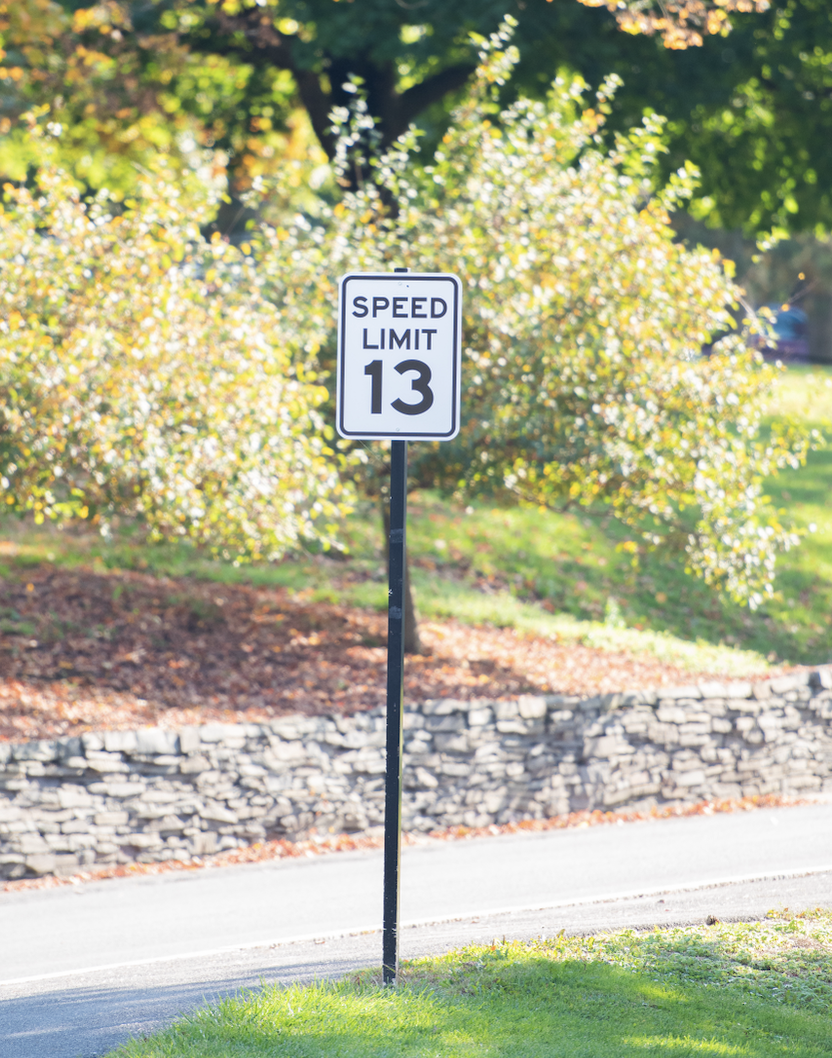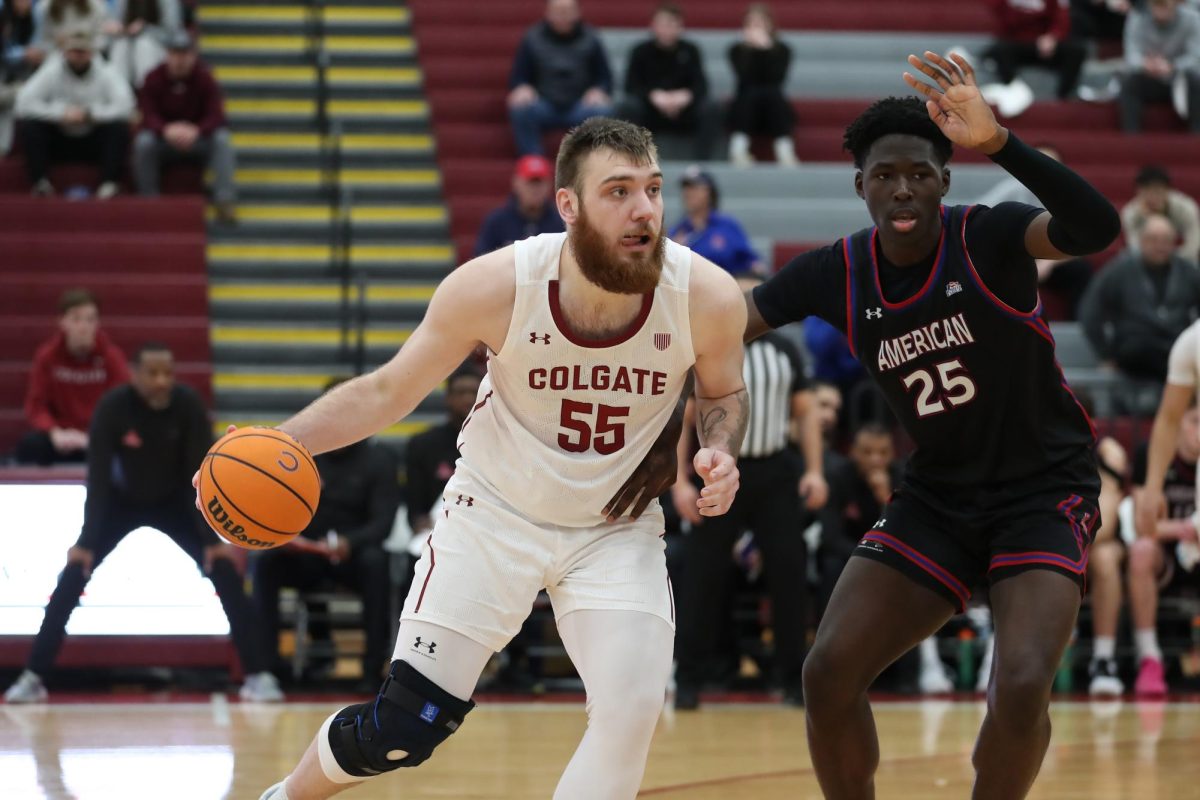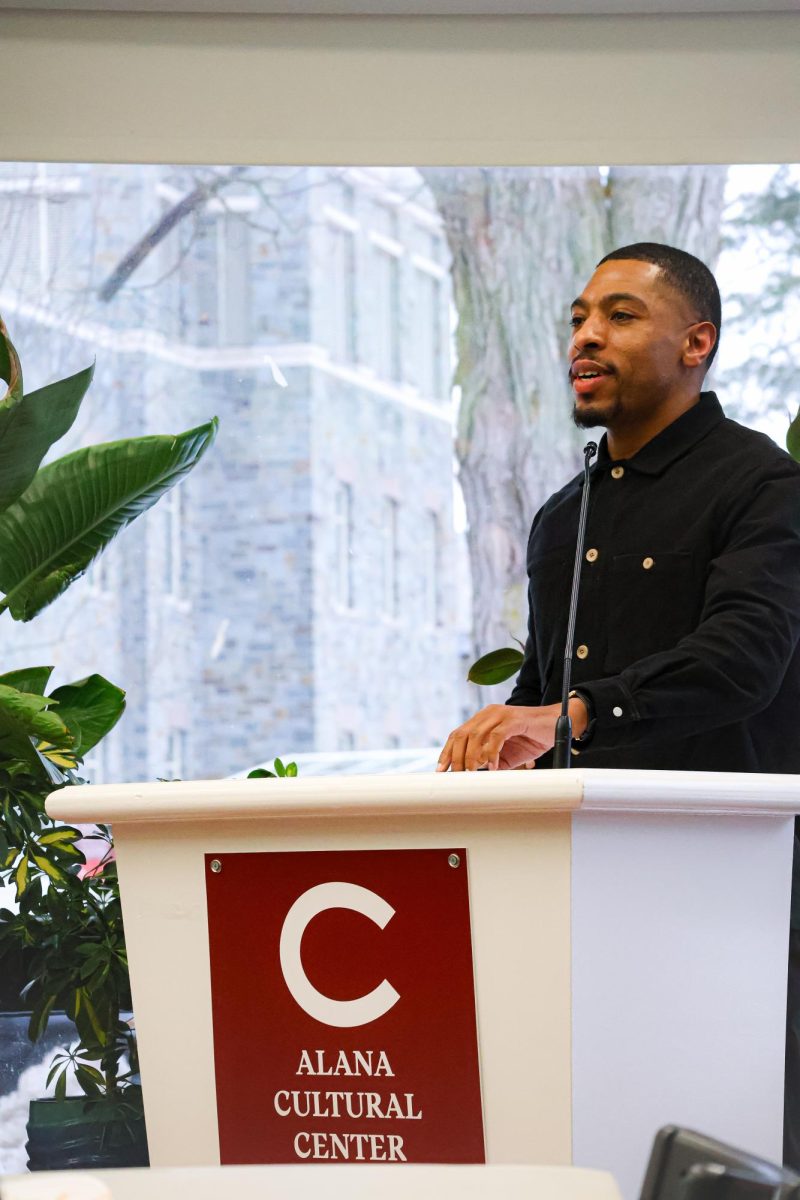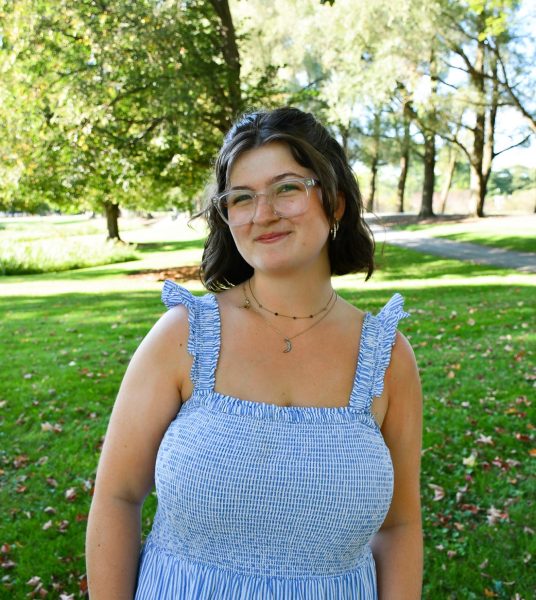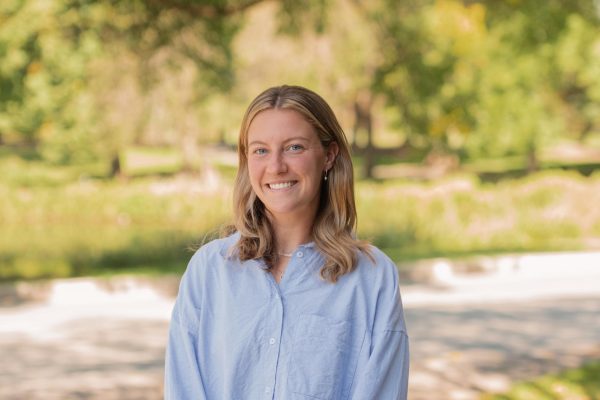In the past few weeks, Colgate University’s Facilities Department and President Brian W. Casey have made improvements to the University’s road safety. The crosswalk on Alumni Road in front of Persson Hall now reads “Stop Look Wave.” Additionally, all campus speed limit signs are now 13 miles per hour.
Associate Vice President for Emergency Management, Campus Safety and Environmental Health and Safety Joe Hernon spoke on the additions to the Persson walkway, implemented by Associate Vice President Steve Hughes.
“The idea is to stop, look for potential vehicles and then make eye contact and wave to that driver,” Hernon said. “It provides an excellent opportunity for pedestrian safety and encourages polite greetings around campus.”
Hughes spoke as to what inspired him to put in the new signage.
“I’m a waver […]. I think it’s just being friendly, and as I tell my own kids, you never know the impact of a smile and wave that can really lift someone’s mood,” Hughes said. “It also helps with safety, to know the drivers see you.”
While the wording on the Persson walkway underwent a couple cosmetic changes, already varying in font and text size within its short life span, Hernon does not expect more roadway improvement projects this semester.
“Road improvement can impact the traffic on campus, so we work to get that done during the summer months when most students are away,” Hernon said.
The other noticeable update to Colgate’s roadways was the new speed limit of 13 miles per hour. President Casey’s office took charge on the initiative, which marked the finish of roadway improvements around Oak Drive. To celebrate, President Casey also made custom corduroy hats with a “Speed Limit 13” sign, which he featured on his Instagram @bwcasey.
“Over the past few years we have been slowly but assuredly extending the network of walkable sidewalks on the campus and restoring the landscape near the roads,” Casey said. “This past spring we launched the final push of the Oak Drive and campus entrance restoration with the introduction of several new sidewalks and crosswalks and, starting last week, new landscaping and trees […] Steve Hughes and I discussed whether we could change the speed limit signs, which had long had a 15 mile-an-hour limit.”
Hughes opened discussions with Hamilton’s safety organizations to make President Casey’s dream a reality.
“I thought it was a great idea that President Casey had,” Hughes said. “I just asked Campus Safety to reach out to the [Hamilton Police Department] to see if it was possible. When they came back and gave us direction on where we could make the changes, our carpenters made up the signs and installed them.”
Sophomore Daytona Doherty heard about the speed limit change from President Casey when she saw him walking his dog, Emrys.
“President Casey waved me over and asked if I could keep a secret; I said ‘sure’ and he told me that there’s going to be a change of the road signs from 15 miles per hour to 13 miles per hour,” Doherty said.
Emrys aided President Casey with installing the new speed limit signs.
“It just seemed like an opportunity, in the midst of an academic year, to do something that might delight the campus and our alumni,” Casey said. “Steve worked his magic with the village and finally got the go-ahead. So, in went the signs. I was fortunate to see the installation, with Emrys — who found it all very interesting.”
Doherty shared that in the past, she felt hesitant about Colgate drivers but now enjoys the new signs on campus.
“I don’t have a car so I have personally never driven around campus, but as a pedestrian, it’s a little scary, and as a passenger, I’m worried about the pedestrians,” Doherty said. “I’m not sure the two-mile-per-hour change has done much in terms of safety but it does make me giggle walking past the new signs.”
Casey echoed this opinion and shared his thoughts on what factors into the campus environment.
“I always believe that our built environment must provide safety and shelter, but it also should provide — when possible — joy,” Casey said. “Given the incredible reaction from the campus and our alumni, I think we were able to do so here.”


